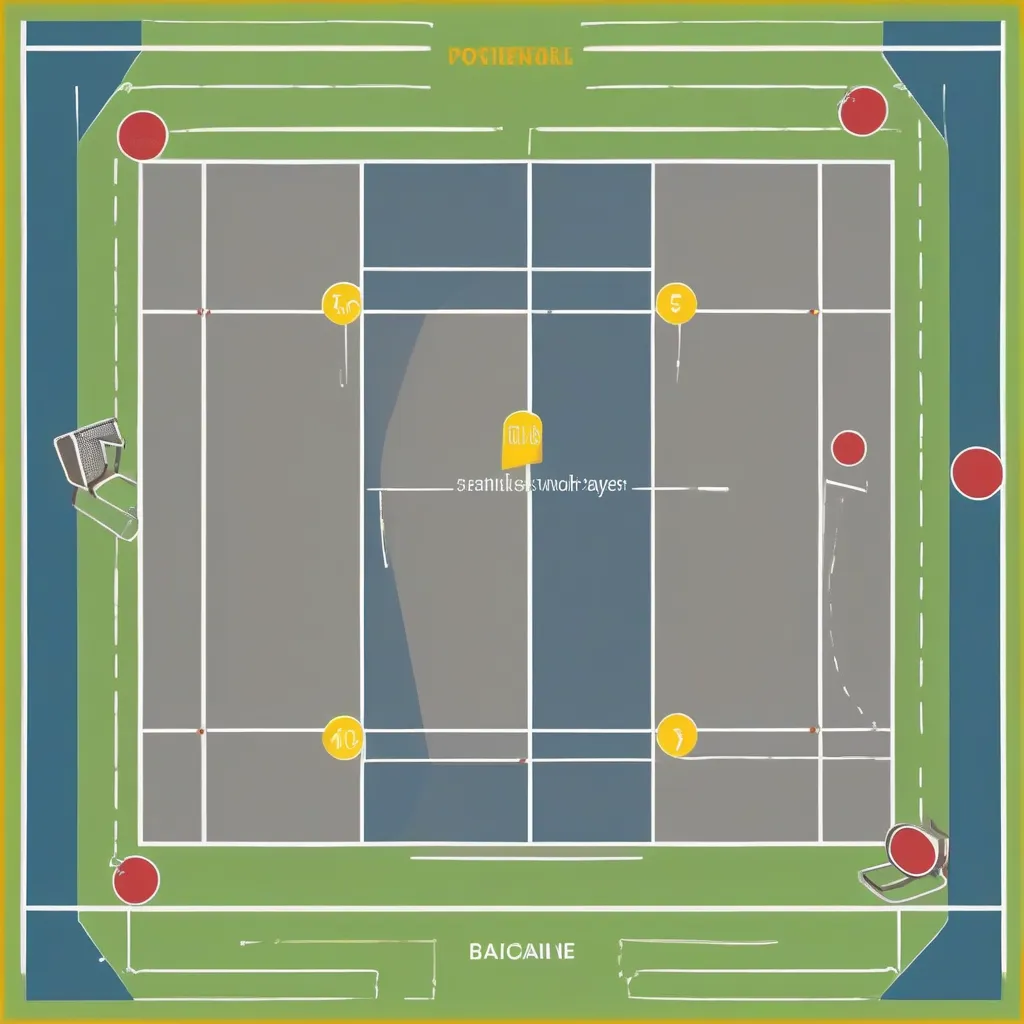Imagine this: you’re stepping onto a pickleball court for the first time, paddle in hand, ready to embrace this exciting new sport. But as you listen to the seasoned players, you’re bombarded with unfamiliar terms like “kitchen,” “dinking,” and “volley llama.” Don’t worry, you’re not alone! Understanding common pickleball court terms is crucial for both playing and enjoying the game. This comprehensive guide will break down everything you need to know, from basic terminology to more advanced lingo.
Understanding the Pickleball Court Layout
Before diving into specific terms, let’s visualize the court itself. Think of a badminton court, but smaller. Key features include:
 Sân Pickleball Tiêu Chuẩn
Sân Pickleball Tiêu Chuẩn
The Non-Volley Zone (NVZ), or “Kitchen”
This is the seven-foot area on either side of the net. Stepping into the kitchen while volleying (hitting the ball before it bounces) is a fault, unless your momentum carries you in after hitting the ball. Understanding the kitchen is crucial for strategic play. As a nutritionist and meal prep coach, I often compare the kitchen in pickleball to the “danger zone” in food safety – avoid staying in it too long!
The Baseline
This is the back boundary line of the court. Serving, returning serves, and rallying all involve interacting with the baseline.
The Sidelines
These lines define the width of the court. A ball landing on the sideline is considered in.
The Centerline
This line runs down the middle of the court, dividing each side into two service boxes. Serves must be made diagonally, landing in the opponent’s service box.